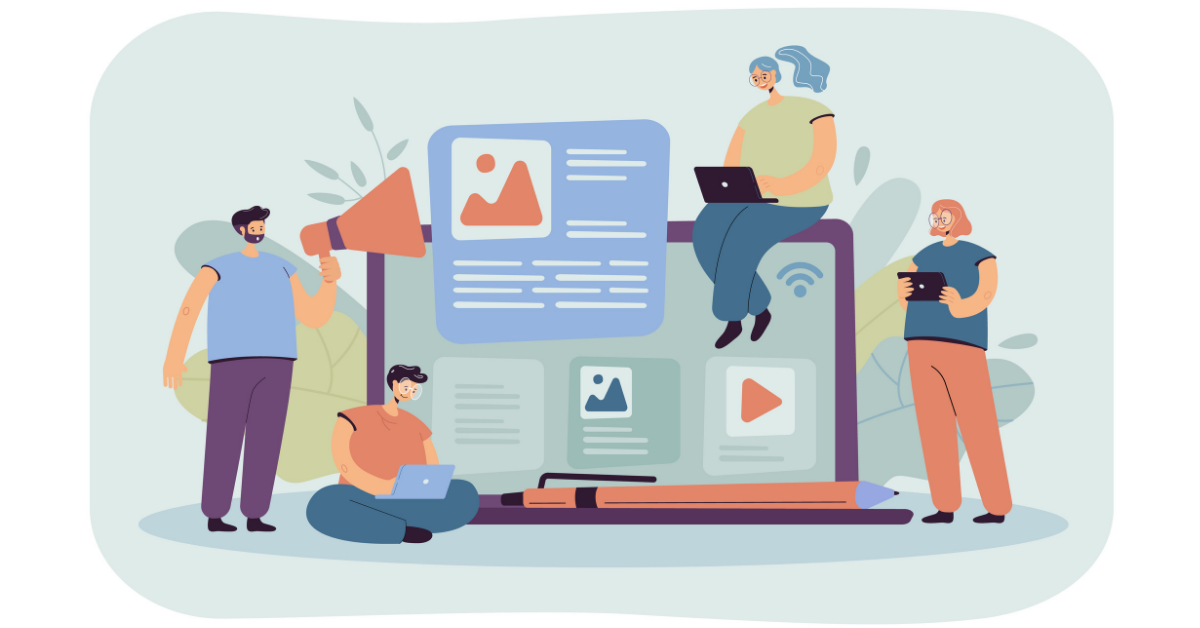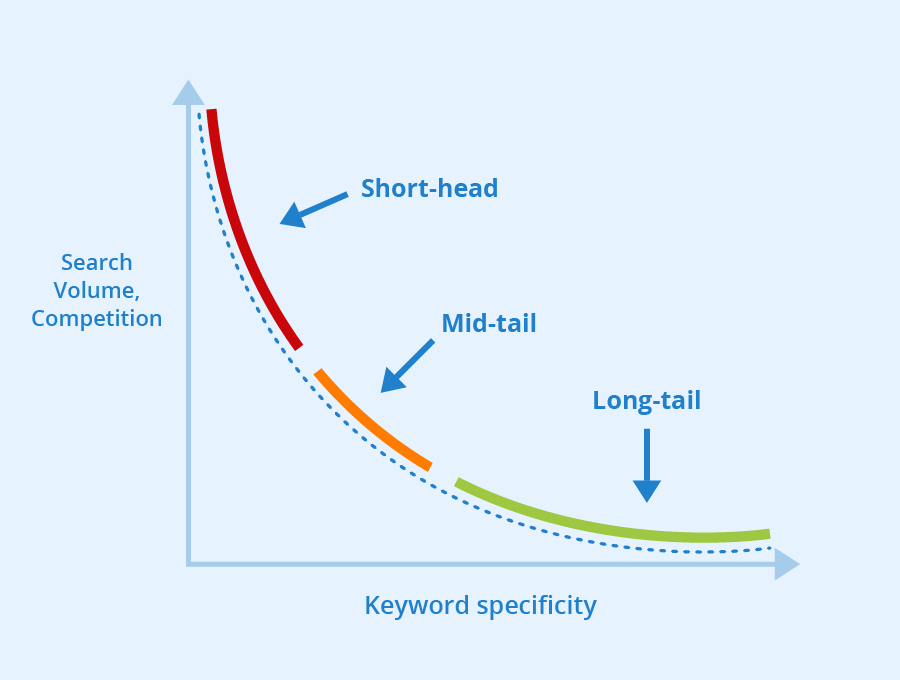

On-page, SEO involves a variety of elements that can help your website rank higher on search engines. These elements include your URL structure, content, Keyword research and Meta description. Here are some tips to help you optimize your website. For quick wins, optimize your title tags and add your business's name and location to your page.

Content optimization
If your content isn't helping you achieve your business goals, it may be time to invest in content optimization. Old content might not have been well planned or optimized for experience or conversion, or it may not have been optimized for on-page SEO. Luckily, there are many content optimization devices to help you get your content ranked higher. These devices include title tags, meta descriptions, meta keywords, and URLs.
Getting your content ranked high on the SERPs is crucial for businesses because 71 to 92 per cent of all web traffic will go to the first page of search results. By using content optimization, you can increase the relevance of your content and beat out similar content produced by your competitors. This will increase the chances of getting your content ranked highly and generating high conversions.
Content optimization not only improves the quality of your content but also makes it easier for search engines to understand and index. It also helps to increase the relevancy of your content for seed keywords. As a result, it can increase your website traffic and leads. In addition, content optimization helps your audience to scan your content, and it encourages them to take action.
Creating and posting fresh content is an important part of on-page SEO. Adding new blog posts is also an effective way to increase traffic. It also shows Google that you are working hard for your customers. Additionally, you can improve on-page SEO by finding and removing duplicate content. If several pages of your website contain the same information, Google won't be able to determine which page is the most relevant.
Keywords help your content get noticed in search results and outrank your competition. If you want to dominate the search results, you need to use specific keywords that your target audience uses. You can include these keywords in the meta title and description, as well as the URL, subheadings, and body copy. Make sure that the keywords don't appear overused and are placed in places where they are naturally found.
URL structure
To boost your SEO, it's important to optimize your URL structure. URLs should be focused and use hyphens to separate words. This not only makes them easier to remember but also makes them more readable. You also want to avoid using underscores or spaces between words, which translate to %20 in the URL and detract from readability. Using hyphens is also helpful in translating page titles to improve readability.
The URL structure should match your website's structure and outline. For example, you can use subfolders to organize your content, or subdomains to sell products. But whatever you do, avoid making your URLs too short or unorganized. Instead, make sure you create a well-organized structure that incorporates your keywords.
It's important to remember that the URL structure should be relevant and useful to both humans and search engines. This allows search engines to make the right connections between pages. For example, if someone searches for women's clothes, the search engine crawler can see that the page is related to similar categories.
The URL structure plays an important role in your ranking on Google. Several factors determine the URL structure. The most important factor is the presence of keywords in the URL. Then, the length of the URL also has an impact on the ranking of the page. Keep in mind that there is no official rule about the length of a URL, but a longer URL will tend to get a lower ranking.
A URL's length should be between 35 and 45 characters. Anything longer than that is a sign of bad URL structure. Google rewards websites with shorter URLs. In addition, shorter URLs are more appealing to humans than long ones.
Keyword research
Keyword research is a crucial part of the on-page SEO process. It should guide the content and HTML elements of a page. Ideally, each page should be optimized around a single keyword. Keyword research can help you develop strong, well-optimized content. You can use many tools to find relevant keywords.
Keyword research is done by comparing data from search queries, content relevance, and user intent. Using this data to help you optimize your content will improve your website's ranking. Keyword research is a strategic process that should be planned and executed well in advance. Organizing content around targeted keywords helps search bots and users understand the context and relevance of the content. In addition, it keeps your website focused on a consistent content direction and builds authority.

Once you've narrowed down a target keyword, use tools that allow you to test it on the SERP to ensure your content gets clicked. Some tools, like SEMRush, are useful in keyword research because they allow you to see the keyword rankings of your competitors. They also provide you with useful information about the difficulty of specific keywords.
Keyword research can be time-consuming, so use tools to help you save time. Fortunately, many tools are available online to help you find and analyze potential keywords. Search engines use an algorithm to rank keyword phrases. It looks at factors like the popularity of a keyword phrase, the number of searches it generates on Google, and whether it is relevant to a particular piece of content. Quality factors such as website authority and individual URLs are also taken into account.
Meta description
To improve you're on-page SEO, you should create a meta description for your website. This is the description that Google shows visitors when they enter a search term, such as "car insurance." While there is a correlation between higher search volume keywords and lower rewrite rates, it is not always possible to avoid them altogether. Creating an original meta description is key to improving your SEO.
The length of the description can be anywhere between 160 and 300 characters. Google will truncate any description that exceeds the maximum character count, so make sure it is as brief as possible. Typically, the best meta description length ranges between 120 and 150 characters. To write an effective meta description, make sure to provide a brief overview of the main benefits of your page, and highlight how your page differs from your competitors. Use the active voice, and make sure your description contains a call to action.
When writing the meta description for your website, keep in mind your target audience. For example, if your site caters to young people, a more engaging description is more likely to get clicks. The tone of voice should also be consistent with your brand's identity and ecosystem. Don't overfill the description with keywords.
In addition to using keywords to improve your website's rankings, meta descriptions can help increase click-through rates. Google displays this text as a snippet in the SERPs. It also allows you to place pictures in the snippets.
Image alt tag
The image alt text describes what the image is about. When used correctly, it can be a keyword phrase, which helps to boost keyword rankings. However, it's important to avoid keyword stuffing. Instead, focus on the content of the image and avoid using too many keywords. The alt text should be short and descriptive, without repeating any information already in the image.
Image alt text is also important for accessibility purposes. Screen readers cannot read the images without descriptive text. Without the description, they won't know what the image is about. Not all images need to include alt text, though. However, images that contain statistics or facts should be included, as this will help your visitors understand what they're looking at.
Image alt text is not only essential for accessibility, but it also increases the website's SEO performance. Search engines read the alt text to help them identify what an image is about. They also use it to identify the website and determine the relevance of the image to search results. While the alt text is not visible to regular visitors, it helps search engines to understand the image content.
Image alt text helps improve accessibility for people with vision impairments and helps improve user experience. Additionally, alt text also helps search engines understand what the image is about and functions as anchor text, which is important in search rankings. However, this isn't enough. A good strategy should include both image and text in the alt text.
Image file names should be meaningful and relevant to the content of the image. They should contain keywords that describe what the image is. The file name should be descriptive enough to make the image understandable to screen readers and search engines. The filename should not be long and should be separated with hyphens.